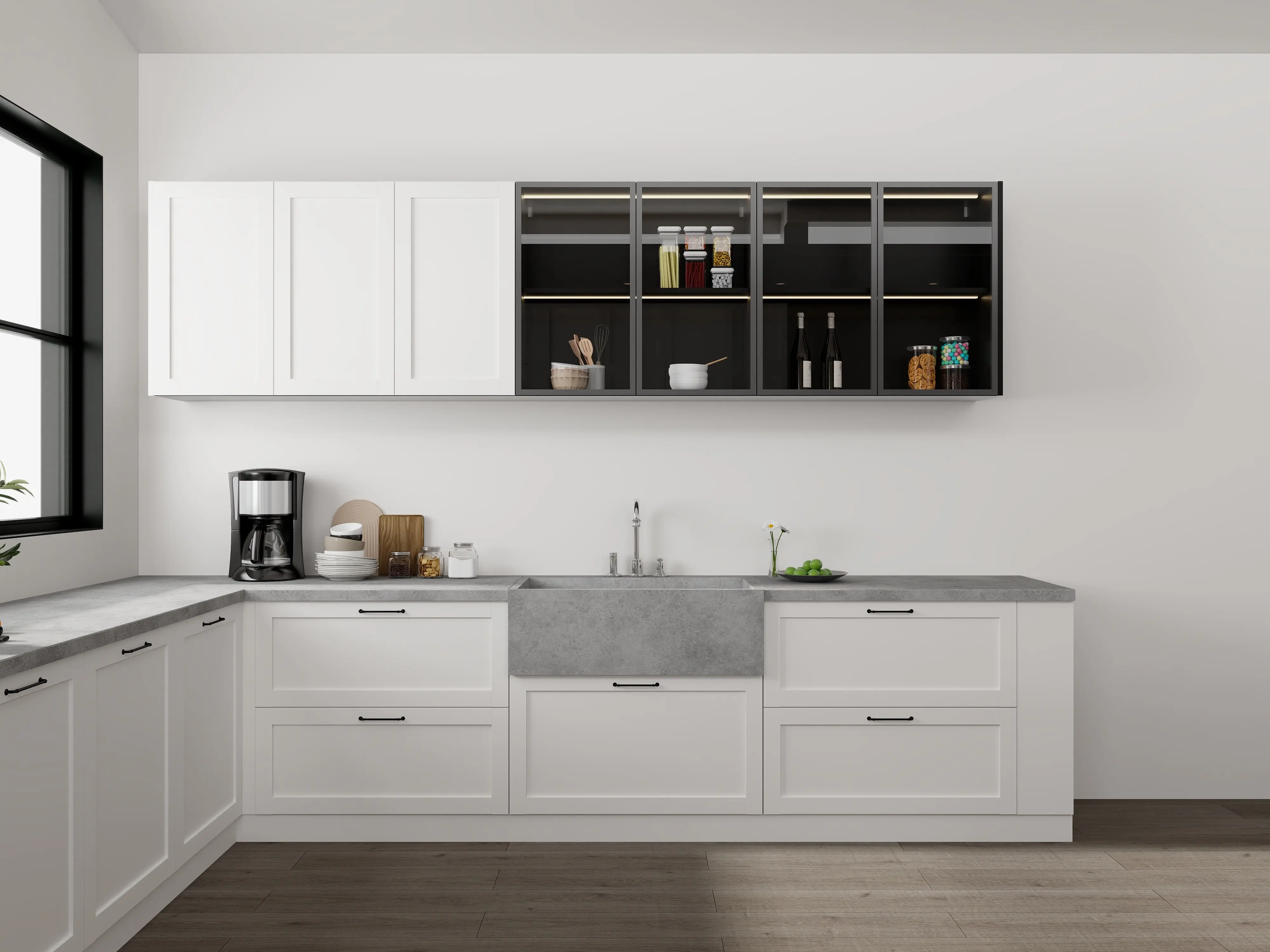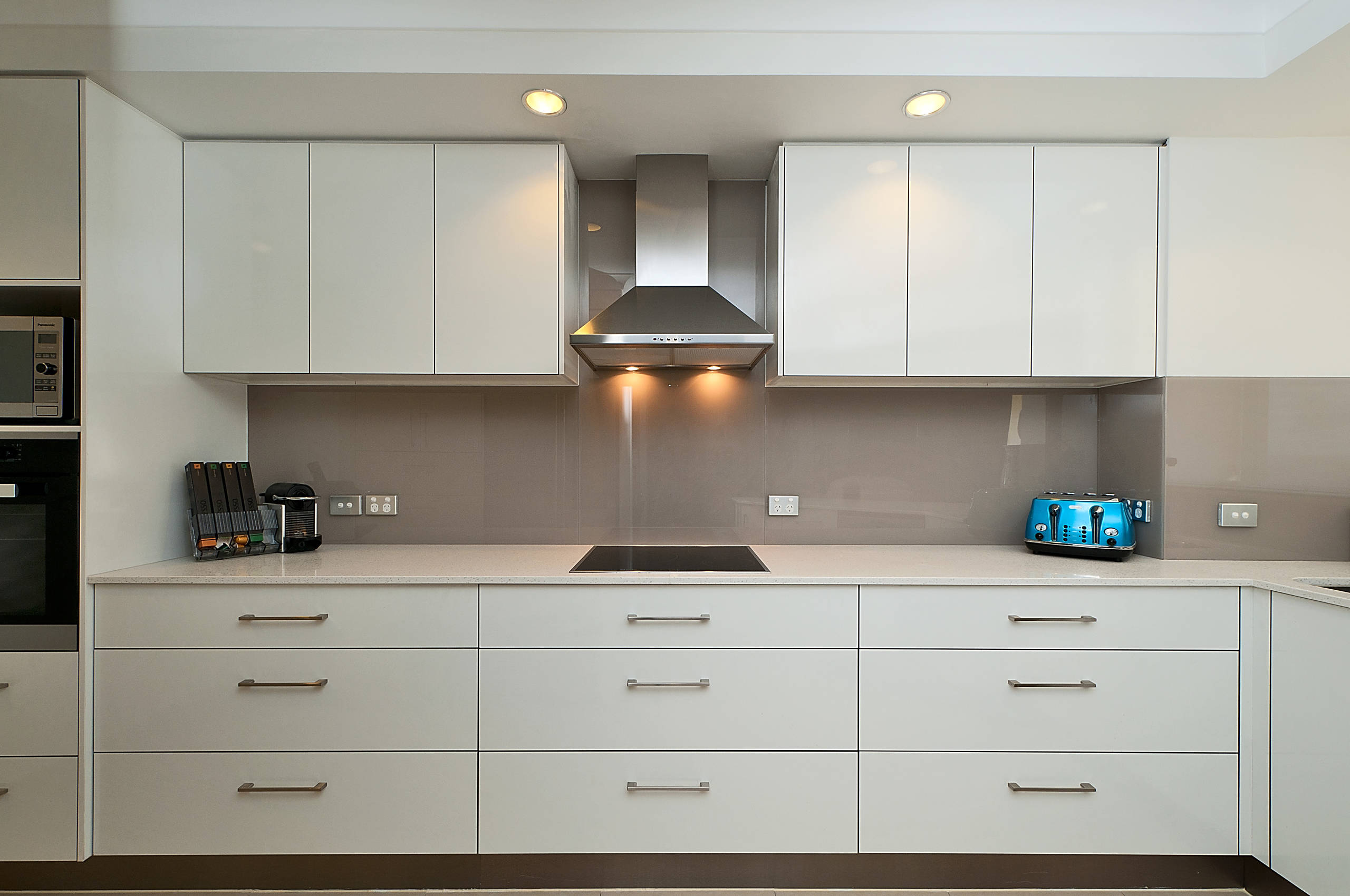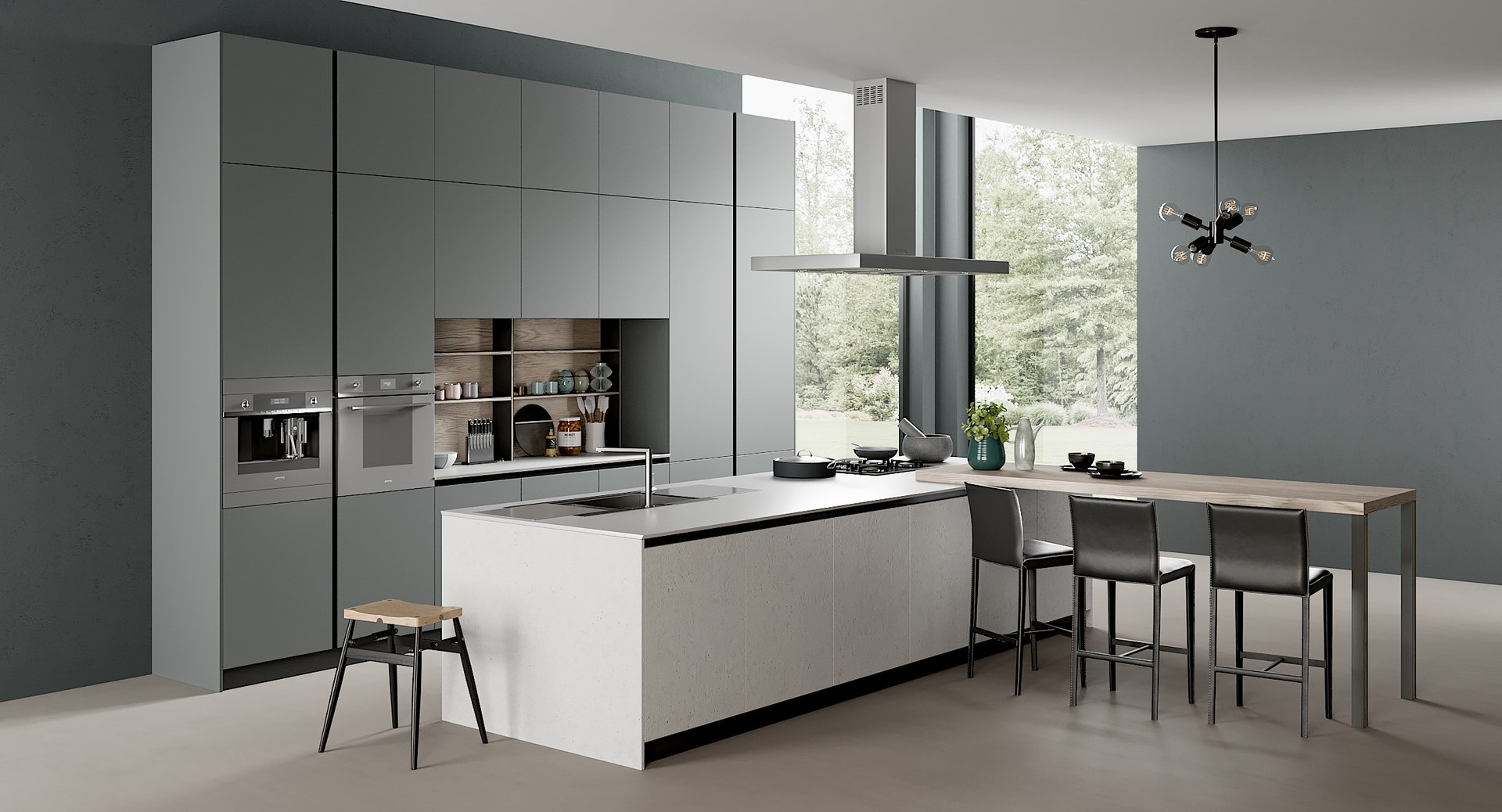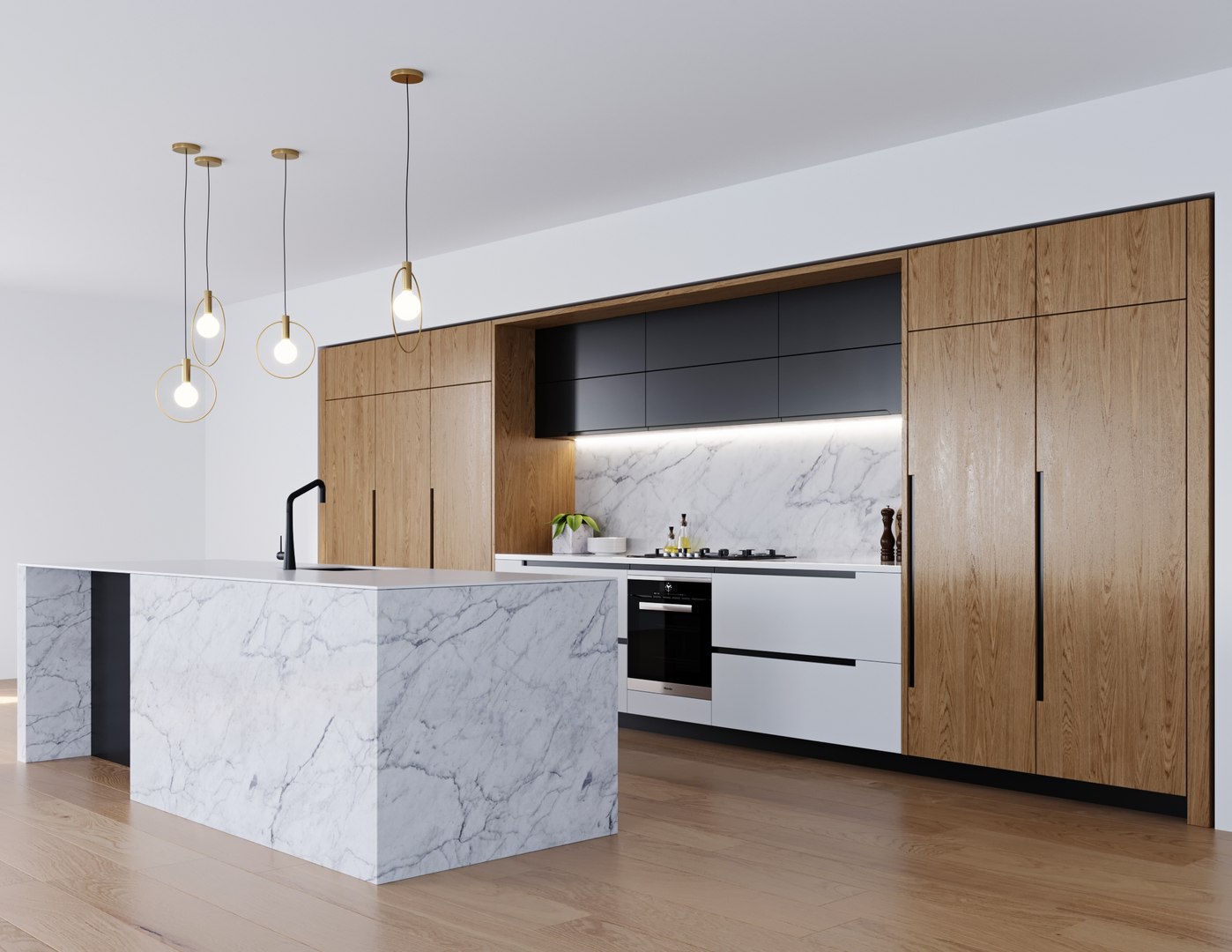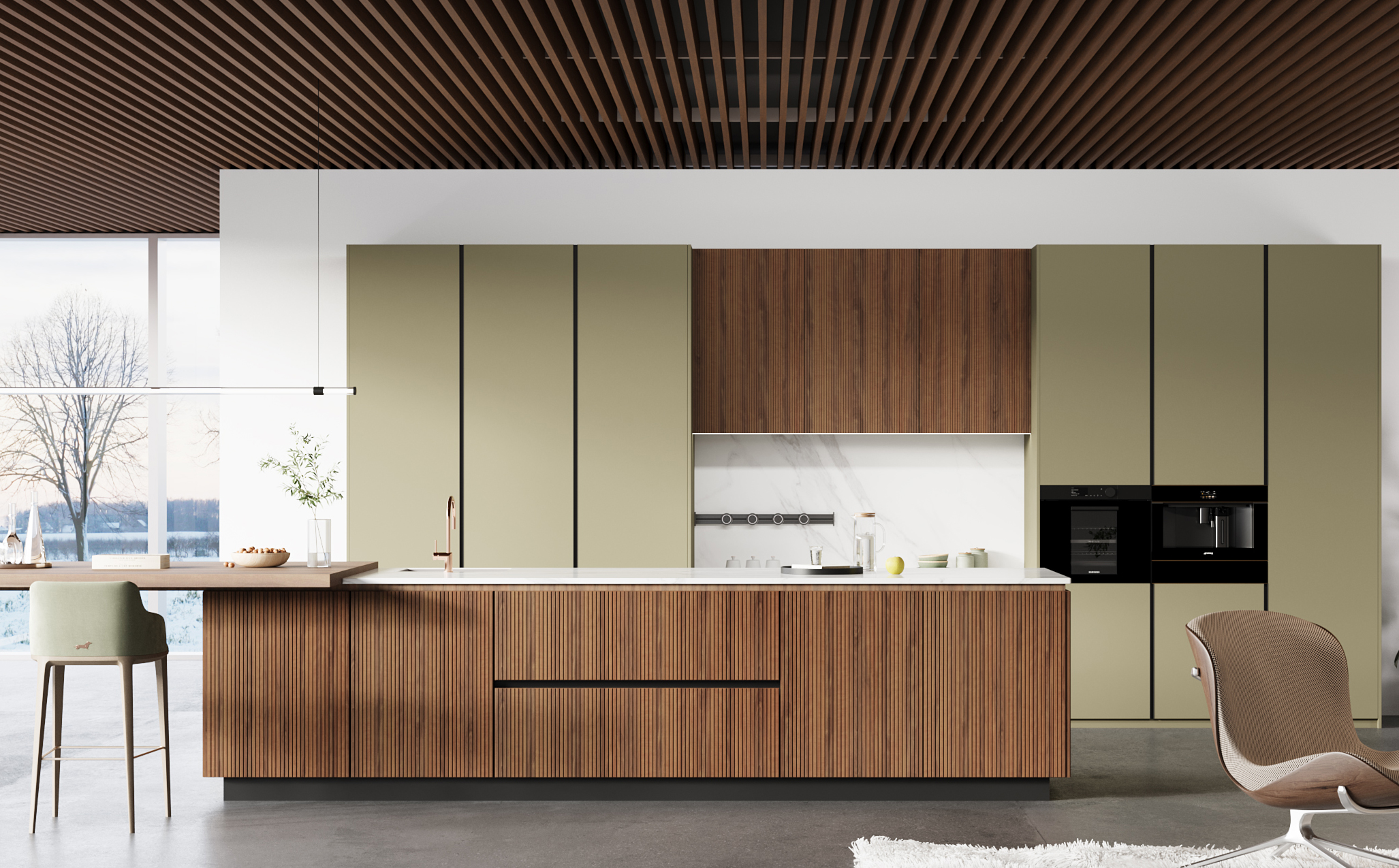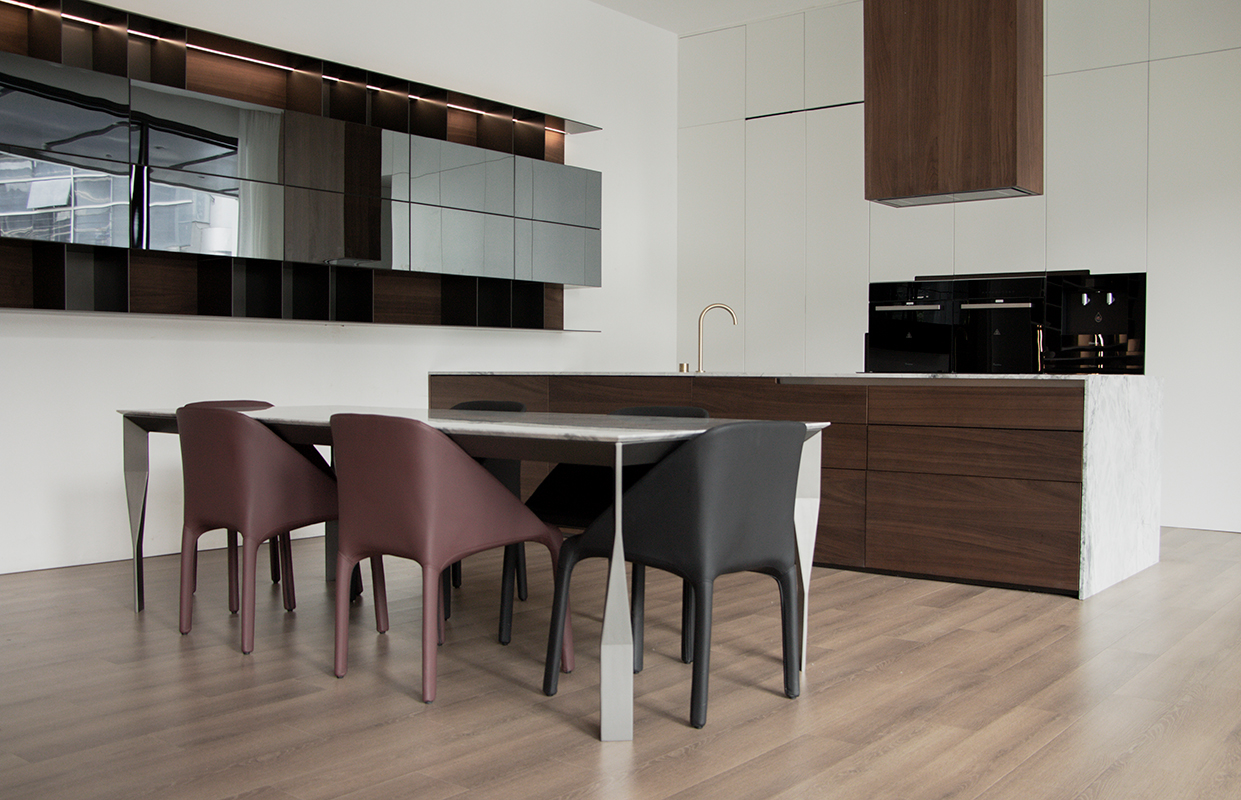Cabinets serve as essential fixtures in homes and commercial spaces, providing storage solutions while also enhancing interior aesthetics. In modern cabinet construction, various materials are employed to achieve durability, functionality, and visual appeal. Here we list the commonly used materials in modern cabinet construction, their characteristics, and their applications.
Solid Wood
Solid wood remains a classic choice for cabinet construction due to its timeless appeal and durability. Hardwoods such as oak, maple, cherry, and mahogany are popular choices, prized for their strength and natural beauty. Solid wood cabinets offer excellent longevity and can be refinished or repaired to maintain their appearance over time.
Plywood
Plywood is a versatile engineered wood product made by bonding thin layers of wood veneer together. It offers superior strength and stability compared to solid wood, making it an ideal choice for cabinet boxes and shelves. Plywood is available in various grades and thicknesses, allowing for customization based on specific project requirements.
Medium Density Fiberboard (MDF)
MDF is a composite material made from wood fibers bonded together with resin under heat and pressure. It is prized for its smooth surface, uniform density, and affordability, making it a popular choice for cabinet doors and panels. MDF can be easily painted or laminated to achieve a seamless finish, offering endless design possibilities.
Particleboard
Particleboard is another engineered wood product made from wood particles bonded together with adhesive. While less durable than plywood or MDF, particleboard is a cost-effective option for cabinet construction, especially for non-structural components. It is often used for cabinet backs, drawer bottoms, and interior shelving where strength and appearance are less critical.
Thermofoil
Thermofoil is a type of vinyl film applied to MDF or particleboard substrate using heat and pressure. It provides a durable and easy-to-clean surface that resembles wood grain, making it an attractive option for budget-friendly cabinet designs. Thermofoil cabinets are available in a wide range of colors and styles, offering versatility and affordability for homeowners and designers.
Metal
Metal cabinets have gained popularity in modern kitchen and commercial designs for their sleek appearance and durability. Stainless steel and aluminum are common choices due to their resistance to corrosion, heat, and moisture. Metal cabinets are often used in contemporary and industrial-style kitchens, offering a minimalist aesthetic and easy maintenance.
Glass
Glass panels are frequently incorporated into modern cabinet designs to add visual interest and showcase decorative items. Tempered glass is preferred for its strength and safety features, making it suitable for cabinet doors and shelves. Glass-front cabinets can create an illusion of space and light in smaller kitchens while allowing for easy access to stored items.
Laminate
Laminate is a synthetic material made from layers of resin-soaked paper compressed under high pressure. It is highly durable, scratch-resistant, and available in a wide range of colors, patterns, and textures. Laminate cabinets offer affordability and versatility, making them a popular choice for contemporary and commercial applications.
Acrylic
Acrylic cabinets feature glossy, reflective surfaces that add a touch of modern elegance to any space. Acrylic panels are lightweight, durable, and resistant to moisture and fading, making them suitable for high-traffic areas such as kitchens and bathrooms. While acrylic cabinets may require more maintenance to keep them looking pristine, their stunning appearance makes them a popular choice for upscale residential and commercial projects.
Conclusion
Modern cabinet construction encompasses a diverse range of materials, each offering unique advantages in terms of durability, aesthetics, and affordability. Whether opting for the timeless appeal of solid wood, the sleek look of metal, or the affordability of laminate, homeowners and designers have abundant choices to suit their design preferences and budget constraints. By understanding the characteristics and applications of different materials, you can make informed decisions to create functional and stylish cabinets that enhance any interior space.



